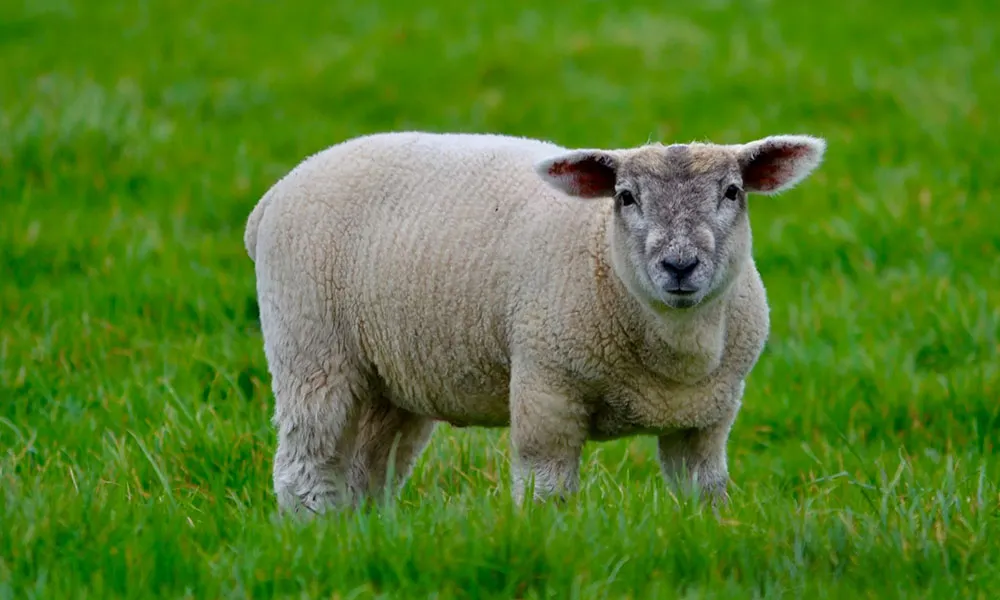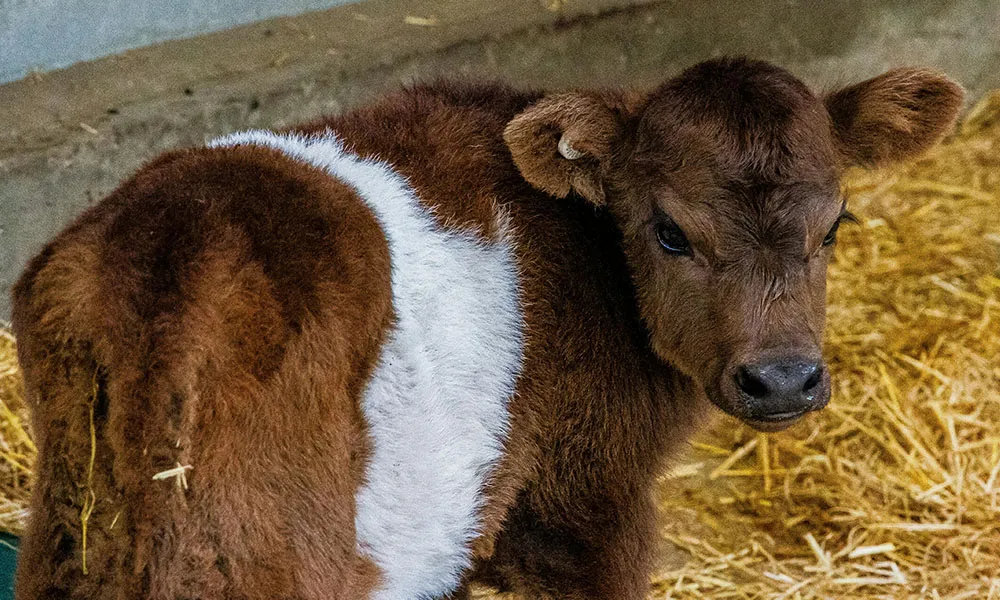Stomach worms: a chronic scourge?
Gastrointestinal worms (nematodes) rank among the most common causes of scour, ill-health and lack of thrive in cattle and sheep. Although less deadly than other parasites, such as fluke, stomach worms can become a chronic problem in flocks and herds, resulting in sickly animals and revenue loss for farmers. This means that effective treatment should be an essential part of all good farming plans.
As we have previously often outlined on this platform, gastrointestinal worms are usually controlled through the use of a reliable wormer. Typically, animals will be treated using either white wormers (benzimidazoles), clear wormers (macrocyclic lactones) or yellow wormers (levamisole). Orange and purple wormers may also be used, though these can only be obtained with a veterinary prescription and, as a result, are not typically used in this country.
Anthelmintic resistance
Numerous studies have shown that worms are becoming increasingly resistant to treatment with traditional wormers - a phenomenon called anthelmintic resistance. Worm resistance to white, clear and yellow wormers is a problem attributed, in large part, to overuse of these products on farms over a long period of time. To reduce the risk of anthelmintic resistance, farmers are advised to use them only when they know for certain that they are dealing with a worm problem in the herd or flock. In addition, they should only treat with the class of wormers most effective for the specific conditions pertaining to their farm - information that can be gained through dung testing and analysis.
If you are concerned about stomach worms and anthelmintic resistance, I would strongly recommend a
drench test. Drench tests involve the collection of dung samples from a group of animals and sending them to a lab or testing facility to test for worm eggs. After the samples have been sent for testing and you have received confirmation of the faecal egg count, lambs should be treated with a particular class of wormer (for example, a white drench). A few days after treatment, dung samples should be collected again and sent to the lab for testing. If the dung shows either elimination of worms eggs, or at least a significant reduction, then you can infer that treatment has been successful.
Drench testing for anthelmintic resistance - a step by step guide
In summary, when drench testing you should follow the steps provided below:
- Select a group of lambs/calves for testing and hold them in a pen for half an hour
- Once all animals have passed dung, collect the faeces, place them in a clean and uncontaminated container and send them to a lab for testing
- Treat the animals for worms, carefully following the manufacturer's guidelines (particularly in relation to volume to weight)
- Once you have received your lab results, make a note of these
- Repeat steps one and two a few days after treatment for worms (check the manufacturer's guidelines to find out how long it takes for the product to work!)
- Once you receive the results of the second test, compare these to the first set of results. If you find that most or all of the worm eggs have been eliminated following treatment, you know that the drench in question was successful













